Dimitra Simeonidou
Cooperative Task Offloading through Asynchronous Deep Reinforcement Learning in Mobile Edge Computing for Future Networks
Apr 24, 2025Abstract:Future networks (including 6G) are poised to accelerate the realisation of Internet of Everything. However, it will result in a high demand for computing resources to support new services. Mobile Edge Computing (MEC) is a promising solution, enabling to offload computation-intensive tasks to nearby edge servers from the end-user devices, thereby reducing latency and energy consumption. However, relying solely on a single MEC server for task offloading can lead to uneven resource utilisation and suboptimal performance in complex scenarios. Additionally, traditional task offloading strategies specialise in centralised policy decisions, which unavoidably entail extreme transmission latency and reach computational bottleneck. To fill the gaps, we propose a latency and energy efficient Cooperative Task Offloading framework with Transformer-driven Prediction (CTO-TP), leveraging asynchronous multi-agent deep reinforcement learning to address these challenges. This approach fosters edge-edge cooperation and decreases the synchronous waiting time by performing asynchronous training, optimising task offloading, and resource allocation across distributed networks. The performance evaluation demonstrates that the proposed CTO-TP algorithm reduces up to 80% overall system latency and 87% energy consumption compared to the baseline schemes.
AI-Native Multi-Access Future Networks -- The REASON Architecture
Nov 25, 2024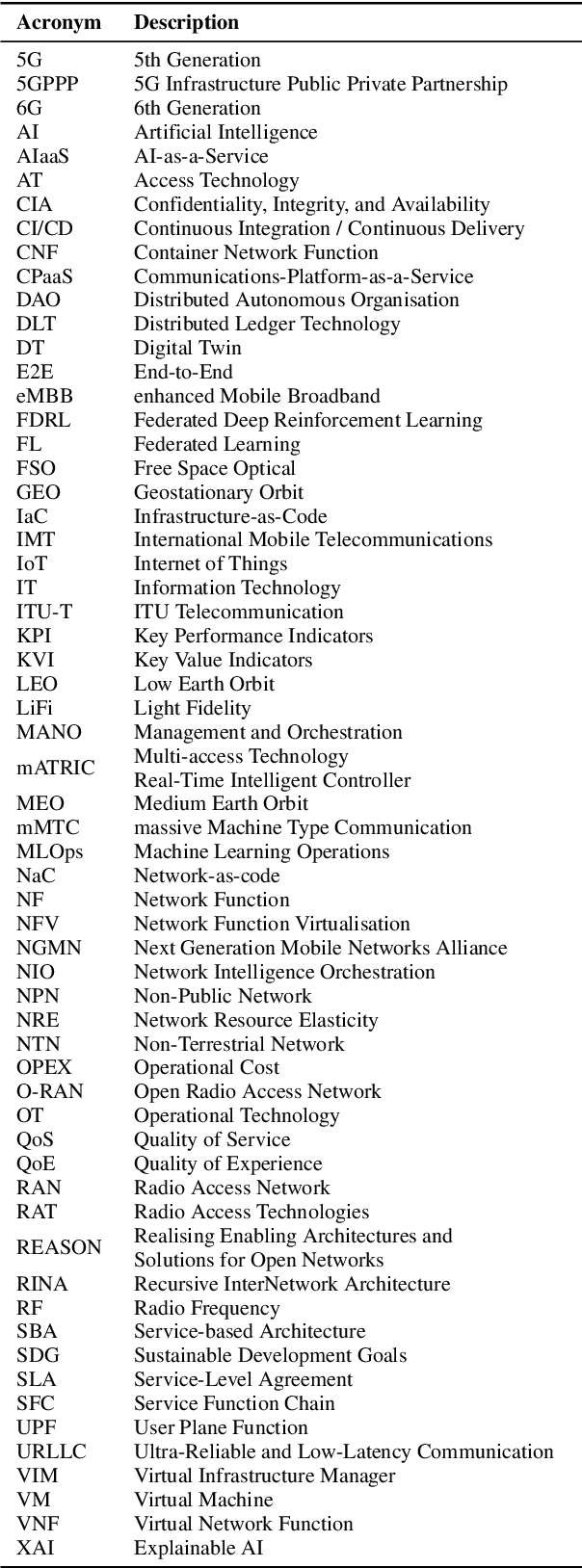

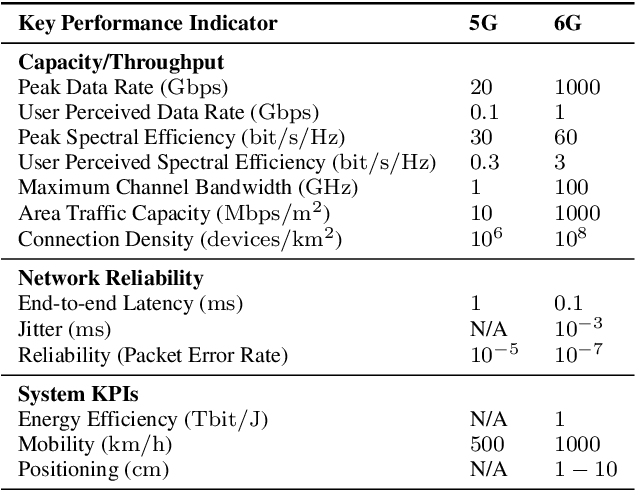
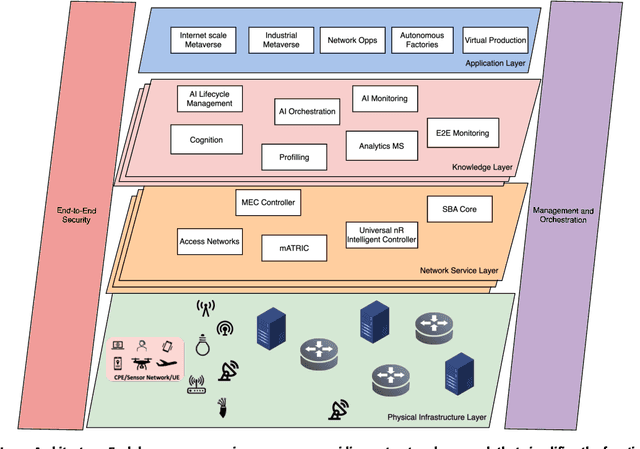
Abstract:The development of the sixth generation of communication networks (6G) has been gaining momentum over the past years, with a target of being introduced by 2030. Several initiatives worldwide are developing innovative solutions and setting the direction for the key features of these networks. Some common emerging themes are the tight integration of AI, the convergence of multiple access technologies and sustainable operation, aiming to meet stringent performance and societal requirements. To that end, we are introducing REASON - Realising Enabling Architectures and Solutions for Open Networks. The REASON project aims to address technical challenges in future network deployments, such as E2E service orchestration, sustainability, security and trust management, and policy management, utilising AI-native principles, considering multiple access technologies and cloud-native solutions. This paper presents REASON's architecture and the identified requirements for future networks. The architecture is meticulously designed for modularity, interoperability, scalability, simplified troubleshooting, flexibility, and enhanced security, taking into consideration current and future standardisation efforts, and the ease of implementation and training. It is structured into four horizontal layers: Physical Infrastructure, Network Service, Knowledge, and End-User Application, complemented by two vertical layers: Management and Orchestration, and E2E Security. This layered approach ensures a robust, adaptable framework to support the diverse and evolving requirements of 6G networks, fostering innovation and facilitating seamless integration of advanced technologies.
From Hype to Reality: The Road Ahead of Deploying DRL in 6G Networks
Oct 30, 2024



Abstract:The industrial landscape is rapidly evolving with the advent of 6G applications, which demand massive connectivity, high computational capacity, and ultra-low latency. These requirements present new challenges, which can no longer be efficiently addressed by conventional strategies. In response, this article underscores the transformative potential of Deep Reinforcement Learning (DRL) for 6G, highlighting its advantages over classic machine learning solutions in meeting the demands of 6G. The necessity of DRL is further validated through three DRL applications in an end-to-end communication procedure, including wireless access control, baseband function placement, and network slicing coordination. However, DRL-based network management initiatives are far from mature. We extend the discussion to identify the challenges of applying DRL in practical networks and explore potential solutions along with their respective limitations. In the end, these insights are validated through a practical DRL deployment in managing network slices on the testbed.
Profiling AI Models: Towards Efficient Computation Offloading in Heterogeneous Edge AI Systems
Oct 30, 2024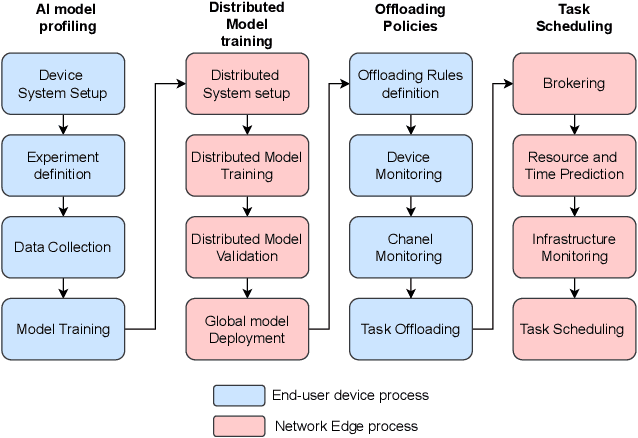
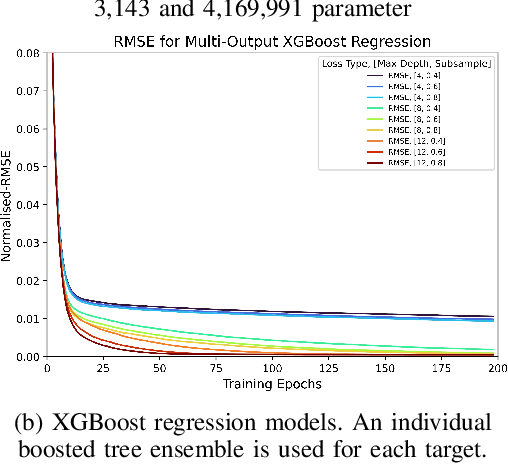
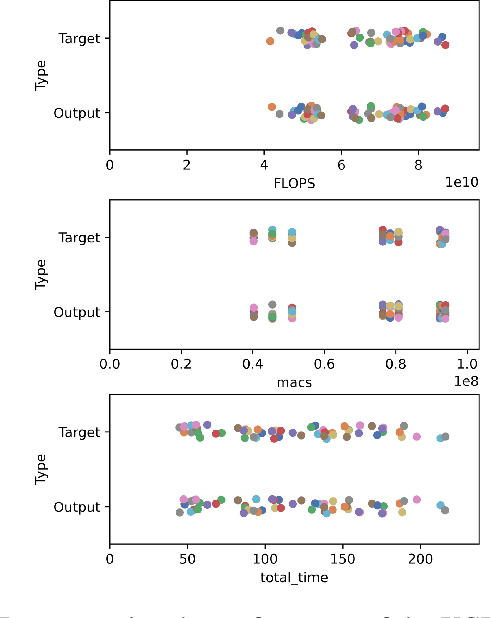
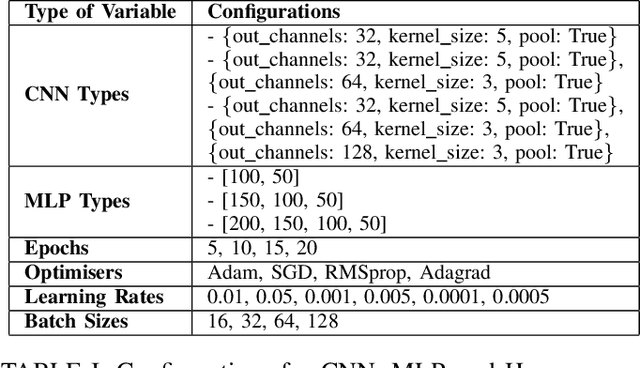
Abstract:The rapid growth of end-user AI applications, such as computer vision and generative AI, has led to immense data and processing demands often exceeding user devices' capabilities. Edge AI addresses this by offloading computation to the network edge, crucial for future services in 6G networks. However, it faces challenges such as limited resources during simultaneous offloads and the unrealistic assumption of homogeneous system architecture. To address these, we propose a research roadmap focused on profiling AI models, capturing data about model types, hyperparameters, and underlying hardware to predict resource utilisation and task completion time. Initial experiments with over 3,000 runs show promise in optimising resource allocation and enhancing Edge AI performance.
Federated Fairness Analytics: Quantifying Fairness in Federated Learning
Aug 15, 2024



Abstract:Federated Learning (FL) is a privacy-enhancing technology for distributed ML. By training models locally and aggregating updates - a federation learns together, while bypassing centralised data collection. FL is increasingly popular in healthcare, finance and personal computing. However, it inherits fairness challenges from classical ML and introduces new ones, resulting from differences in data quality, client participation, communication constraints, aggregation methods and underlying hardware. Fairness remains an unresolved issue in FL and the community has identified an absence of succinct definitions and metrics to quantify fairness; to address this, we propose Federated Fairness Analytics - a methodology for measuring fairness. Our definition of fairness comprises four notions with novel, corresponding metrics. They are symptomatically defined and leverage techniques originating from XAI, cooperative game-theory and networking engineering. We tested a range of experimental settings, varying the FL approach, ML task and data settings. The results show that statistical heterogeneity and client participation affect fairness and fairness conscious approaches such as Ditto and q-FedAvg marginally improve fairness-performance trade-offs. Using our techniques, FL practitioners can uncover previously unobtainable insights into their system's fairness, at differing levels of granularity in order to address fairness challenges in FL. We have open-sourced our work at: https://github.com/oscardilley/federated-fairness.
DRL-Assisted Dynamic QoT-Aware Service Provisioning in Multi-Band Elastic Optical Networks
Aug 06, 2024Abstract:We propose a DRL-assisted approach for service provisioning in multi-band elastic optical networks. Our simulation environment uses an accurate QoT estimator based on the GN/EGN model. Results show that the proposed approach reduces request blocking by 50% compared with heuristics from the literature.
Federated Transfer Component Analysis Towards Effective VNF Profiling
May 01, 2024Abstract:The increasing concerns of knowledge transfer and data privacy challenge the traditional gather-and-analyse paradigm in networks. Specifically, the intelligent orchestration of Virtual Network Functions (VNFs) requires understanding and profiling the resource consumption. However, profiling all kinds of VNFs is time-consuming. It is important to consider transferring the well-profiled VNF knowledge to other lack-profiled VNF types while keeping data private. To this end, this paper proposes a Federated Transfer Component Analysis (FTCA) method between the source and target VNFs. FTCA first trains Generative Adversarial Networks (GANs) based on the source VNF profiling data, and the trained GANs model is sent to the target VNF domain. Then, FTCA realizes federated domain adaptation by using the generated source VNF data and less target VNF profiling data, while keeping the raw data locally. Experiments show that the proposed FTCA can effectively predict the required resources for the target VNF. Specifically, the RMSE index of the regression model decreases by 38.5% and the R-squared metric advances up to 68.6%.
iOn-Profiler: intelligent Online multi-objective VNF Profiling with Reinforcement Learning
Dec 14, 2023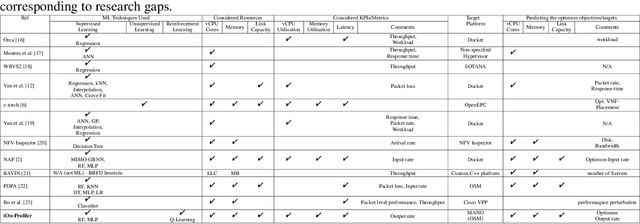
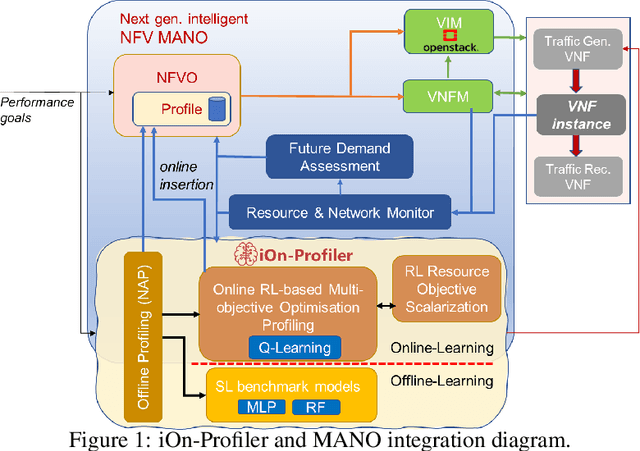
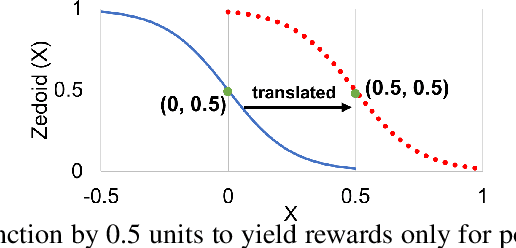
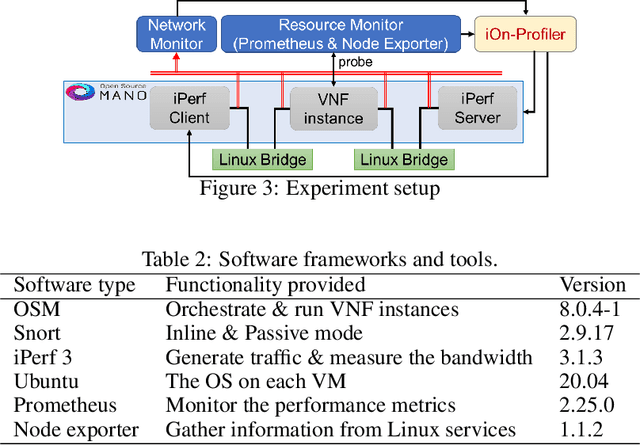
Abstract:Leveraging the potential of Virtualised Network Functions (VNFs) requires a clear understanding of the link between resource consumption and performance. The current state of the art tries to do that by utilising Machine Learning (ML) and specifically Supervised Learning (SL) models for given network environments and VNF types assuming single-objective optimisation targets. Taking a different approach poses a novel VNF profiler optimising multi-resource type allocation and performance objectives using adapted Reinforcement Learning (RL). Our approach can meet Key Performance Indicator (KPI) targets while minimising multi-resource type consumption and optimising the VNF output rate compared to existing single-objective solutions. Our experimental evaluation with three real-world VNF types over a total of 39 study scenarios (13 per VNF), for three resource types (virtual CPU, memory, and network link capacity), verifies the accuracy of resource allocation predictions and corresponding successful profiling decisions via a benchmark comparison between our RL model and SL models. We also conduct a complementary exhaustive search-space study revealing that different resources impact performance in varying ways per VNF type, implying the necessity of multi-objective optimisation, individualised examination per VNF type, and adaptable online profile learning, such as with the autonomous online learning approach of iOn-Profiler.
Seer: Empowering Software Defined Networking with Data Analytics
Oct 04, 2016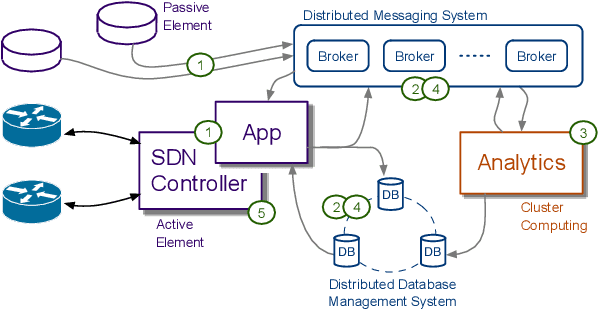
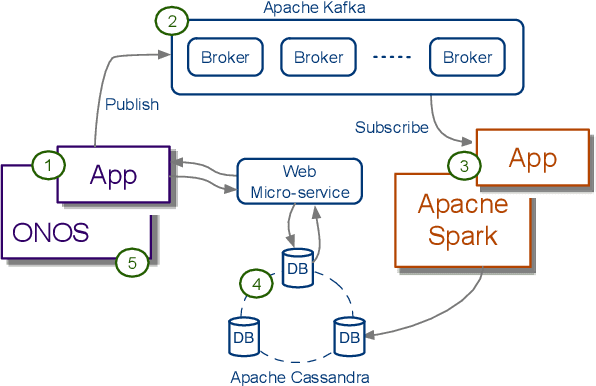
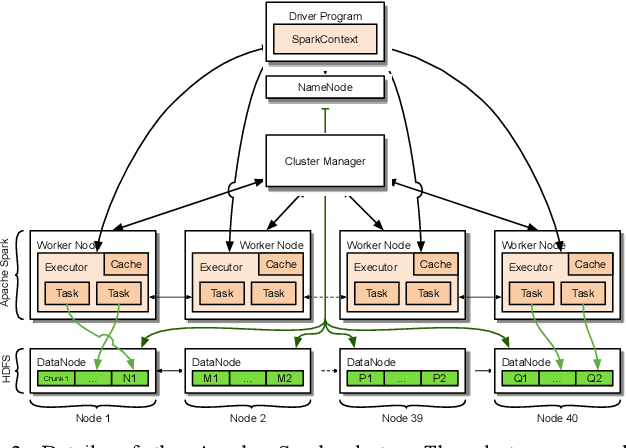
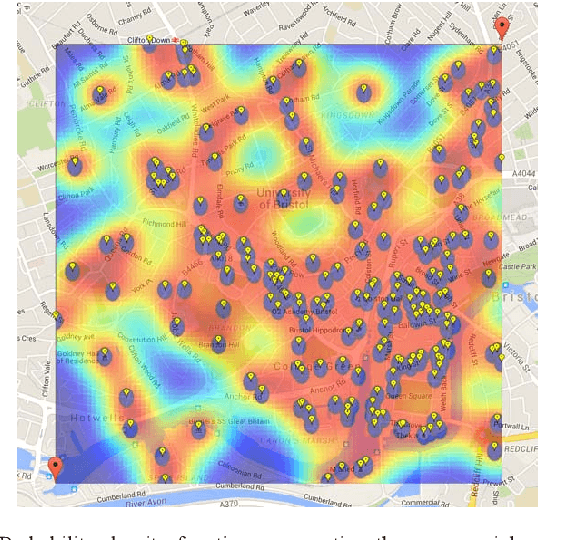
Abstract:Network complexity is increasing, making network control and orchestration a challenging task. The proliferation of network information and tools for data analytics can provide an important insight into resource provisioning and optimisation. The network knowledge incorporated in software defined networking can facilitate the knowledge driven control, leveraging the network programmability. We present Seer: a flexible, highly configurable data analytics platform for network intelligence based on software defined networking and big data principles. Seer combines a computational engine with a distributed messaging system to provide a scalable, fault tolerant and real-time platform for knowledge extraction. Our first prototype uses Apache Spark for streaming analytics and open network operating system (ONOS) controller to program a network in real-time. The first application we developed aims to predict the mobility pattern of mobile devices inside a smart city environment.
 Add to Chrome
Add to Chrome Add to Firefox
Add to Firefox Add to Edge
Add to Edge